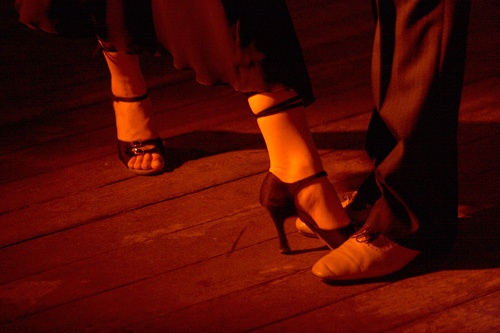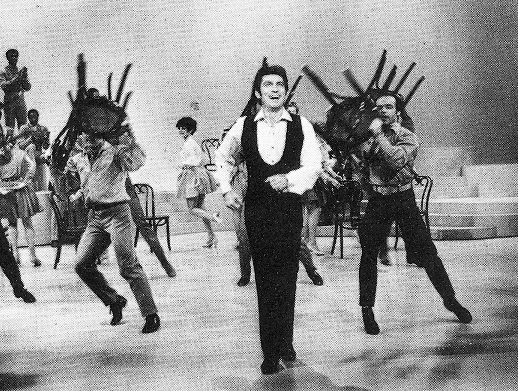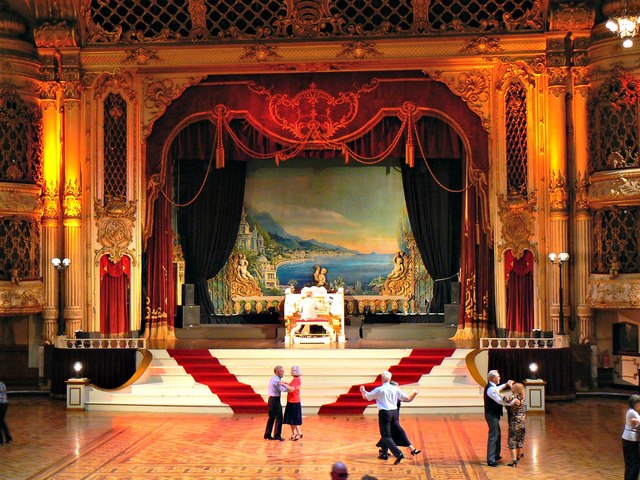 In a basketball court in Rio de Janeiro’s notorious Morro do Adeus, a ballerina is teaching ballet to young girls, offering an opportunity to transcend the harsh reality of their surroundings. The city’s Morro do Adeus slum is made up of more than a dozen favelas, a huge network of neighbourhoods with a population anywhere between 60,000 and 120,000.
In a basketball court in Rio de Janeiro’s notorious Morro do Adeus, a ballerina is teaching ballet to young girls, offering an opportunity to transcend the harsh reality of their surroundings. The city’s Morro do Adeus slum is made up of more than a dozen favelas, a huge network of neighbourhoods with a population anywhere between 60,000 and 120,000.
Tuany Nascimento, the young ballerina behind the classes, abandoned her ambition of becoming a professional due to the expenses, but she is determined to give similar opportunities to children in her community. She aims to give the girls a life experience through ballet – whilst aged only 20 herself – starting the “Na Ponta dos Pés” project in 2012. Through the girls’ ballet training she aims to give them the foundations to go to college and even achieve their dream jobs, giving the girls determination and focus.
Whilst today there is less ruling by gangs in these areas, and less violence and cartel power in the favelas as a result, the majority of ‘pacified’ areas still have war within them. Nascimento would like to see authorities providing more social and cultural activities, rather than taking control of the areas through state forces attempting to prevent violence breaking out. Nascimento therefore aims to continue the ballet project and provide opportunities, giving young people a chance not to fall into crime.
In September this year Nascimento received a grant to start building a new community centre that will include workshop space, a library and a fully equipped dance studio, meaning her days of teaching workshops in the exposed outdoor sports area will soon be over. Local businesses have promised to contribute with construction materials and further fundraising in order to continue to provide for the young dancers.









